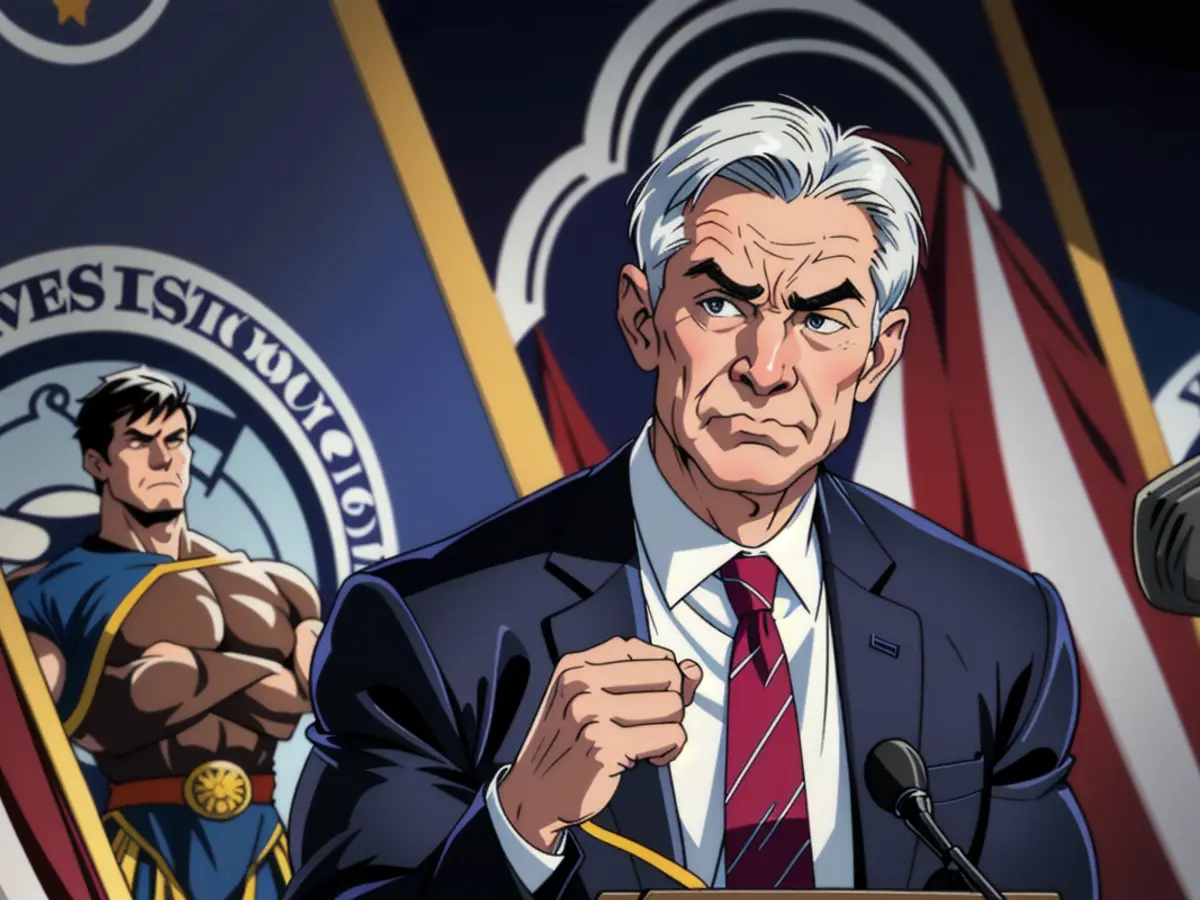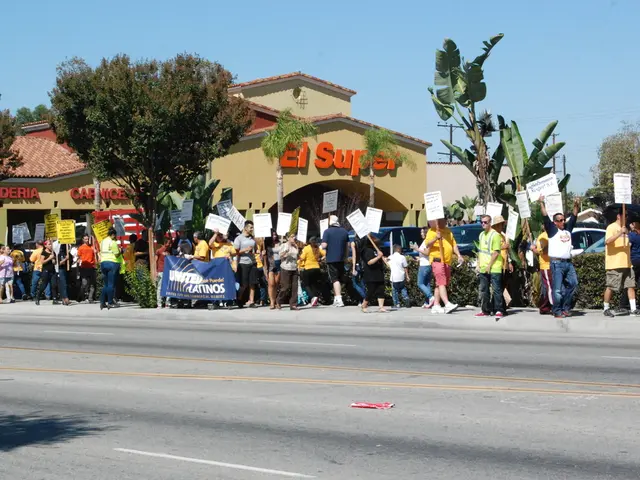Tariffs Contribute to Inflation Concerns for the Federal Reserve
As the Federal Reserve focuses on hitting their 2% annual inflation goal, government policies might complicate decision-making. Tariffs could potentially increase some domestic prices, but their scope remains uncertain. Tariffs on Chinese goods are in place, while others are paused or yet to be implemented.
Recent Acceleration of Prices
Inflation has already seen a slight acceleration since September, even before any tariff impact. Factors contributing to this include rising shelter costs, energy prices, and all-time high egg prices. Compared to the peak inflation rate of over 9% in 2022-2023, the recent acceleration has been relatively moderate, hovering around 3%.
Potential Impact of Tariffs
The Trump administration's policies could lead to further price rises. The full extent of tariffs isn't clear, but they're likely to increase the prices of various imported products, potentially causing a temporary inflation spike. For instance, the minutes of the Federal Open Market Committee meeting from January revealed that firms might attempt to pass on higher input costs arising from potential tariffs to consumers.
However, the impact of tariffs remains uncertain. An additional 10% tariff on Chinese imports has been implemented. A 25% tariff on steel and aluminum imports is set to take effect on March 12. A 25% tariff on Canadian and Mexican imports is on hold until March and may undergo revisions. Also, other tariffs, like those related to digital service taxes, have been proposed, but details of their implementation remain unclear.
Limits on immigration might also impact service costs, as immigrants have filled labor gaps in several industries in recent years. Reduced immigration could make it challenging for certain industries to find workers at prevailing wages.
Other Factors Influencing Inflation
Inflation isn't solely driven by government policy. For some time, shelter costs have been anticipated to fall, which could help reduce inflation. Furthermore, the avian flu's impact on egg prices is likely to lessen once containment efforts bear fruit. The strength of economic growth may also impact inflation, with a strong economy likely supporting firmer pricing, while a weak economy might lead to easing prices.
Future Expectations
Tariffs add risk to the FOMC's decision-making in 2025. The FOMC views tariffs as a potential source of uncertainty and upward pressure on inflation. With the jobs market remaining robust, the FOMC has maintained a patient stance, waiting for inflation to fall back to 2%. Tariffs could potentially delay interest rate cuts, with one or two cuts seen as most likely this year according to fixed income markets.
Enrichment Data:In 2025, the Federal Open Market Committee (FOMC) views tariffs as a factor that could add uncertainty and upward pressure on inflation. Here's a breakdown of the expected impacts:
- Inflationary Pressure: Tariffs are expected to increase the costs of imported goods, which businesses may pass on to consumers, thereby contributing to inflationary pressures.
- Trade Policy Uncertainty: The uncertainty surrounding trade policies, including tariffs, can also affect economic growth and inflation by creating headwinds for businesses and consumers.
- Impact on Interest Rates: The FOMC has maintained a cautious stance on interest rates, keeping them steady at a target range of 4.25%–4.50% due to ongoing inflation concerns. The Committee is prepared to adjust interest rates based on incoming data and the evolving economic outlook, but with inflation still above the 2% target, rate cuts are not anticipated unless there is clear evidence of disinflation.
- Overall Economic Outlook: Despite inflationary concerns, the U.S. economy remains resilient, with strong consumer spending and stable employment rates. The FOMC emphasizes the need to closely monitor inflation and its expectations, as these factors will guide future monetary policy decisions.
Jerome Powell, as the chair of the FOMC, will need to consider the potential impact of tariffs on inflation when making decisions. The minutes of the FOMC meeting in January mentioned that firms might pass on higher input costs due to potential tariffs to consumers.
In 2023, the FOMC expects tariffs to add uncertainty and upward pressure on inflation. This could potentially delay interest rate cuts, with one or two cuts seen as most likely this year according to fixed income markets.
The Trump administration's tariffs on Chinese goods, as well as the proposed tariffs on digital service taxes, could increase the prices of various imported products. However, the exact impact of these tariffs remains uncertain.
Importantly, the FOMC views tariffs as a potential source of uncertainty and upward pressure on inflation. This means that Jerome Powell and other FOMC members will need to consider the potential impact of tariffs on their decision-making in 2025.
Tariffs are not the only factor influencing inflation. Other factors, such as rising shelter costs, energy prices, and the avian flu's impact on egg prices, have also contributed to recent inflation acceleration.
Even with the potential impact of tariffs, the strength of economic growth may also impact inflation. A strong economy is likely to support firmer pricing, while a weak economy might lead to easing prices.




